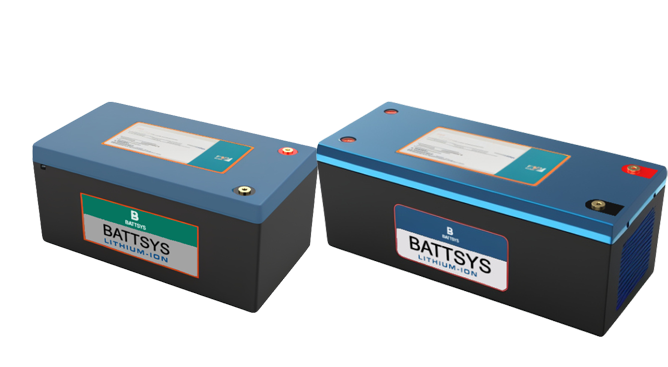What are the technical parameters of
lithium-ion battery protection boards?Technical parameters of lithium-ion battery protection board.
Balanced current: 80mA (at VCELL=4.20V)
Balanced starting point: 4.18 ± 0.03V Overcharge threshold: 4.25 ± 0.05V (4.30 ± 0.05V optional)
Overdischarge threshold: 2.90 ± 0.08V (2.40 ± 0.05V optional)

Overdischarge delay: 5mS
Overdischarge release: Disconnect the load and ensure that the voltage of each individual battery is above the overdischarge threshold;
Overcurrent release: disconnect load release
Over temperature protection: There is an interface, and a recoverable temperature protection switch needs to be installed;
Working current: 15A (depending on customer selection)
Static power consumption: 0.5mA
Short circuit protection function: It can protect and automatically recover when the load is disconnected.
Important functions: overcharge protection function, over discharge protection function, short circuit protection function, overcurrent protection function, over temperature protection function, balance protection function.
Interface meaning: The charging port and discharging port of the board are independent of each other, sharing a positive pole. B - is the negative pole connected to the battery, and C - is the negative pole of the charging port; P - is the negative electrode of the discharge port; B -, p -, and C-pads are all via type, with a pad hole diameter of 3mm; The charging detection interfaces of the battery are output in the form of DC pin sockets.
Parameter description: Configuration of maximum operating current and overcurrent protection current values, unit: A (5/8, 8/15, 10/20, 12/25, 15/30, 20/40, 25/35, 30/50, 35/60, 50/80, 80/100). Special overcurrent values can be customized according to customer requirements.
Detailed analysis of the principle of lithium-ion battery protection board
As is well known, lithium-ion batteries are commonly used in various fields as new energy batteries. However, many people are not familiar with the protection of the protective plate for lithium-ion batteries. The protective plate plays a crucial role in battery use. Below, we will learn about the structure and protection principle of the protective plate.
The protection board has two core components: a protection IC, which obtains reliable protection parameters from an accurate comparator. Another is that MOSFET strings act as high-speed switches in important discharge circuits, performing protective actions, and ICs control MOSFETs by monitoring battery voltage differences. On the ordinary protection board, there are resistors, capacitors, and auxiliary FUSE, pTC, NTC, ID, storage, etc. Connect B+and B - on the protective board to the positive and negative poles of the battery cell, respectively. P+and p - are the positive and negative electrodes of the protective board output, respectively. The diagram is a schematic of a protective board:
The protection board will provide overcharge protection, overdischarge protection, short circuit protection, overcurrent protection, and temperature protection for the battery.
Lithium ion batteries require constant current and constant voltage during charging. In the initial stage of charging, constant current charging is used. As the charging process progresses, the voltage rises to a certain value and switches to constant voltage charging until the current decreases. During the charging process of the battery, if the charging circuit loses control, the voltage will exceed a certain value and continue to charge at a constant current, causing the battery voltage to continue to rise, which may lead to battery damage or safety issues. When there is a protection board in the battery, the overcharge protection function of the protection board will be activated and the MOS transistor will be cut off, prohibiting charging of the battery pack and protecting the safety of the battery.
Similarly to other types of protection, the protection board will constantly monitor various situations of the battery and take protective measures.
